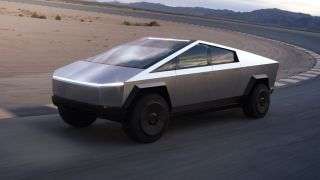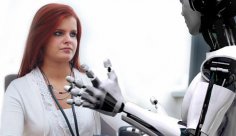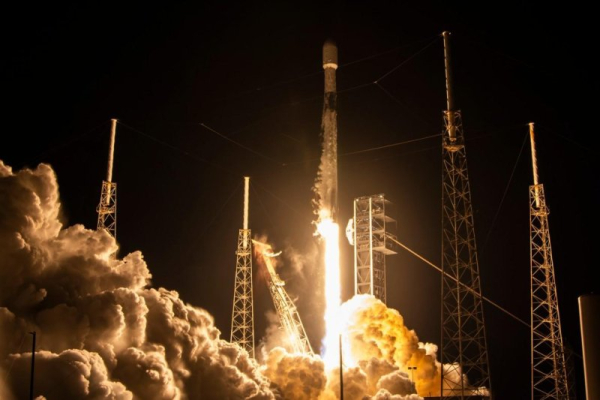
No, you haven’t been sucked into a low-res video game — the new Tesla Cybertruck just looks like an animated armored vehicle whose pixels are taking a while to render.
In September, Tesla co-founder and CEO Elon Musk teased that Tesla’s new electric pickup truck would look “futuristic-like” and “cyberpunk,” as if it were plucked from the sci-fi movie “Blade Runner,” the Observer reported. And indeed, with its triangular profile, it looks a bit like a shiny, gabled roof on wheels.
When Musk rolled out the Cybertruck last night (Nov. 21), the truck’s strikingly angular design certainly caught people’s eyes, but auto experts say the look has as much to do with function as form.
Unlike many pickup trucks, the Cybertruck has a unibody design, meaning the vehicle is built around a metal scaffolding, according to TechCrunch. In standard pickup trucks, the vehicle’s body rests atop a metal frame that both supports the engine and absorbs physical stresses. A unibody design, common in passenger cars and many SUVs, significantly cuts down on a vehicle’s overall bulk while also providing a protected place to stash batteries inside the body — a key feature for a Tesla. In the Cybertruck, the batteries sit under the vehicle but remain shielded by the body of the car; the same arrangement which would not work in a bed-on-frame truck.
But the Cybertruck isn’t the only pickup with a unibody design, TechCrunch noted. The Honda Ridgeline has the same basic structure, and both trucks require extra reinforcements to match the might of bulkier pickups. Traditional pickup trucks can tow huge loads because their hefty frames take on the stress from the towed weight. To prevent unibody trucks from bending and twisting under pressure, engineers place reinforcing pillars at strategic points within the vehicles, according to TechCrunch. The sharp edges of the Cybertruck’s frame belie the location of some of these pillars.
Wow the new Tesla #Cybertruck is sweet. pic.twitter.com/cW0yUbTVuDNovember 22, 2019
With these reinforcing pillars in place, the Cybertruck boasts a maximum towing capacity of 14,000 lbs. (6,350 kilograms) and a payload of 3,500 lbs. (1,580 kg), according to Outside magazine. Although powerful, the truck body remains lightweight thanks to its stainless steel monocoque frame. The reduced weight enables the all-wheel-drive model to accelerate from 0 to 60 mph (100 km/h) in just 2.9 seconds, even though its battery alone weighs more than 1,000 lbs. (450 kg).
The same stainless steel used for the Cybertruck encases SpaceX’s Starship spacecraft, the Observer reported, and Tesla claims the metal will resist dents, corrosion and even bullets. The truck’s “armored glass” windows proved less impressive, though. Tesla’s chief designer, Franz von Holzhausen, chucked a steel ball at not one, but two windows during the unveiling event, shattering both.
“It didn’t go through, so that’s a plus side,” Musk said; “room for improvement.”
Same Energy #CyberTruck pic.twitter.com/jlEjxRBzSZNovember 22, 2019
- In Photos: ‘Bloodhound’ Car Has a Jet Engine. And It Could Break the Sound Barrier.
- Lessons From 10 of the Worst Engineering Disasters in US History
- What is Engineering? | Types of Engineering
Sourse: www.livescience.com





